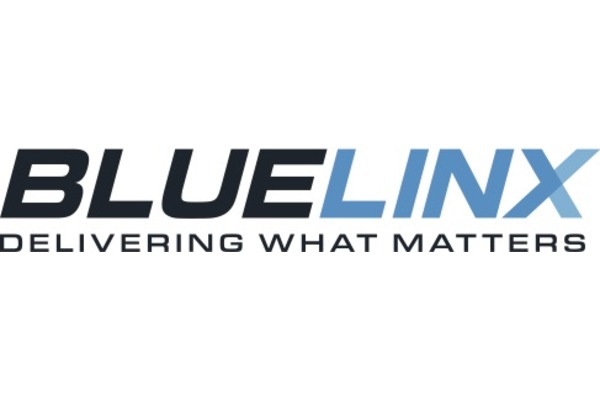BlueLinx’s third quarter financial reports shows continued growing pains after the distributor acquired Cedar Creek for $413 million on April 13. The firm swung third quarter losses both using generally accepted accounting principals (GAAP) and pro forma metrics, BlueLinx reported today.
The GAAP report shows BlueLinx recorded a net loss of $9.9 million for the third quarter, compared to a net income of 5.7 million in the year-earlier period despite a net sales increase of 79.4% year-over-year. BlueLinx said the net loss was impacted by a partial multi-employer pension plan withdrawal charge of $ 6.5 million and acquisition related fees of $3.8 million. The company’s GAAP gross profit was up 51.5% to 91.8 million during the third quarter, with a gross margin of 10.7%. The gross profit was negatively impact by lower commodity prices and acquisition-related inventory step-up charges as a result of the Cedar Creek acquisition, according to the firm.
Pro forma net loss for the third quarter for BlueLinx was $6.2 million, while pro forma net sales were up $18.4 million, or 2.2%, from the year-earlier period. Pro forma gross profit was down $17.6 million to $92.6 million compared to the third quarter of 2017.
Using the non-GAAP measure of adjusted EBITDA—earnings before interest, taxes, depreciation, amortization, and one-time costs—also shows the continued impact of the Cedar Creek acquisition. Adjusted EBITDA was up $2.7 million, of 19.0% from the third quarter in 2017 while pro forma adjusted EBITDA was down 44.7% year-over-year to $16.6 million.
“BlueLinx remains focused on integrating our second quarter acquisition of Cedar Creek and is pleased to announced that we expect our synergies efforts by the end of the year to result in an annual benefit of at least $25 million in 2019,” president and CEO Mitch Lewis said in a press release from the company.
Lewis said despite the challenges provided by wood-based commodity markets, the company’s third quarter performance provides evidence that BlueLinx’s diversity can afford it protection during market dislocations.
The company’s balance sheet shows that, as of September 29, 2018, long-term debt accounts for $579.4 million of the distributor’s $1.09 billion in total liabilities. Long-term debt is more than double the long-term debt it reported on December 30, 2017.



